Venturing into the great outdoors can be a transformative experience, but let’s be real—sometimes those breathtaking views come with unexpected scares. As you lace up your hiking boots and hit the trails, there are certain lessons learned the hard way that you’ll want to keep in mind. Whether it’s from a lack of preparation or simply Mother Nature’s unpredictability, these tales of what not to do might just save your next hike from veering into the territory of a horror story. Buckle up and grab your water bottle; here are 14 things hikers swear they’ll never do again after one terrifying trip.
1. Ignore the Weather Forecast
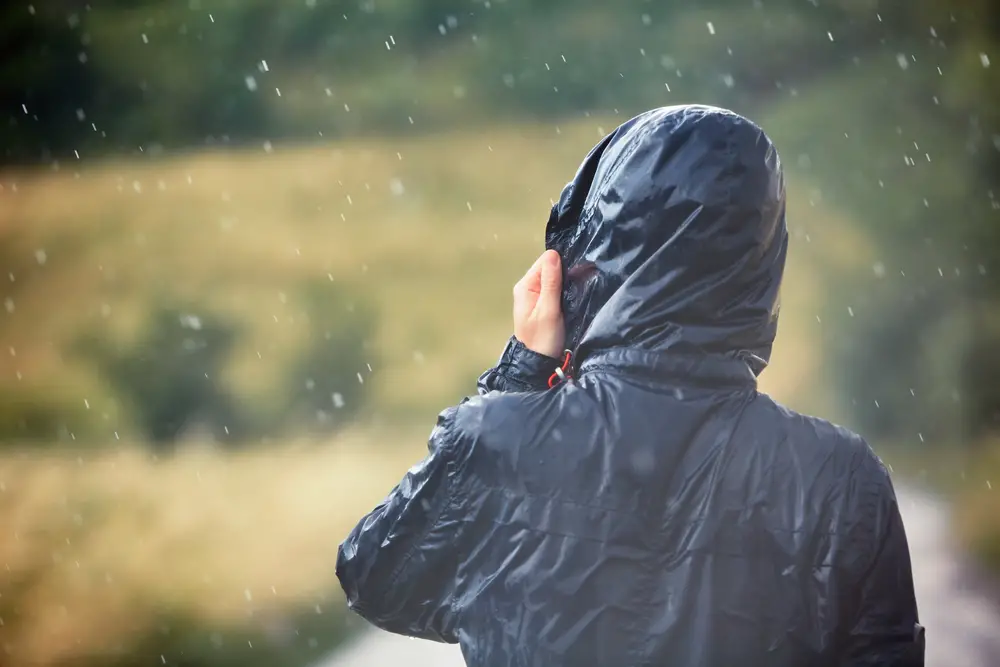
The thrill of adventure can make even the most logical people overlook the crucial step of checking the weather. But there’s nothing quite like being caught in a downpour or unexpected snowstorm to make you realize the importance of this basic practice. Weather can turn on a dime, transforming a pleasant hike into a harrowing ordeal. According to the National Weather Service, many outdoor emergencies stem from rapidly changing conditions that hikers weren’t prepared for. Next time, make it a non-negotiable part of your pre-hike ritual to check—and double-check—the forecast.
Being unprepared for the elements can make even a short hike feel like an epic. When you’re soaked to the bone and shivering, the joy of the trail quickly evaporates. Protect yourself by packing lightweight rain gear or an extra layer, even if the sky looks clear. Remember, the weather can change faster than an Instagram feed, so make sure that your preparations can handle a little unpredictability. This small step can keep you safe and dry, transforming a potential disaster into a memorable adventure.
2. Underestimate the Trail Difficulty
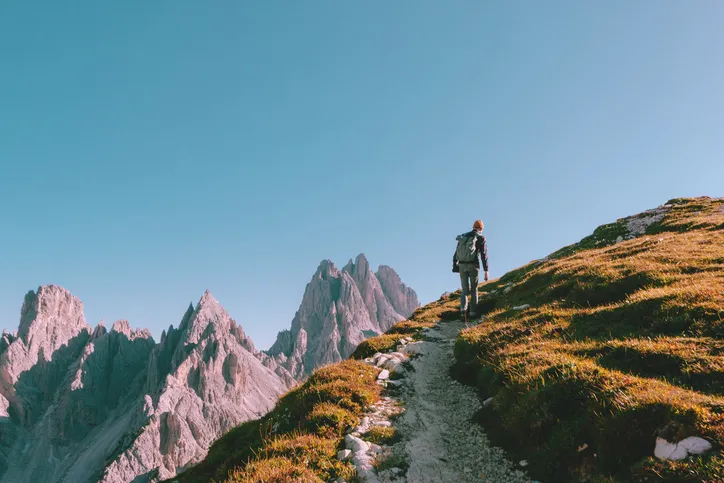
It’s tempting to glance at a trail map and think, “How hard can it be?” Unfortunately, many hikers have learned the hard way that appearances can be deceiving. Trail difficulty can vary widely, and what looks like a simple stroll on paper can quickly become a strenuous expedition. Elevation changes, terrain irregularities, and even the length of the trail can turn a casual hike into an endurance test. Always research the trail beforehand and match it to your skill level, ensuring a more enjoyable experience.
Ignoring trail ratings is a common mistake that can lead to exhaustion and potential injury. When you’re halfway through a trail that’s more challenging than expected, turning back isn’t always an option. You might find yourself scrambling over rocks or navigating steep inclines you weren’t prepared for. To avoid this, take advantage of online resources and local hiking groups that can provide firsthand insights on trail conditions. Knowledge is power, and it can mean the difference between a tough trek and a triumphant one.
3. Forget to Tell Someone Your Plan
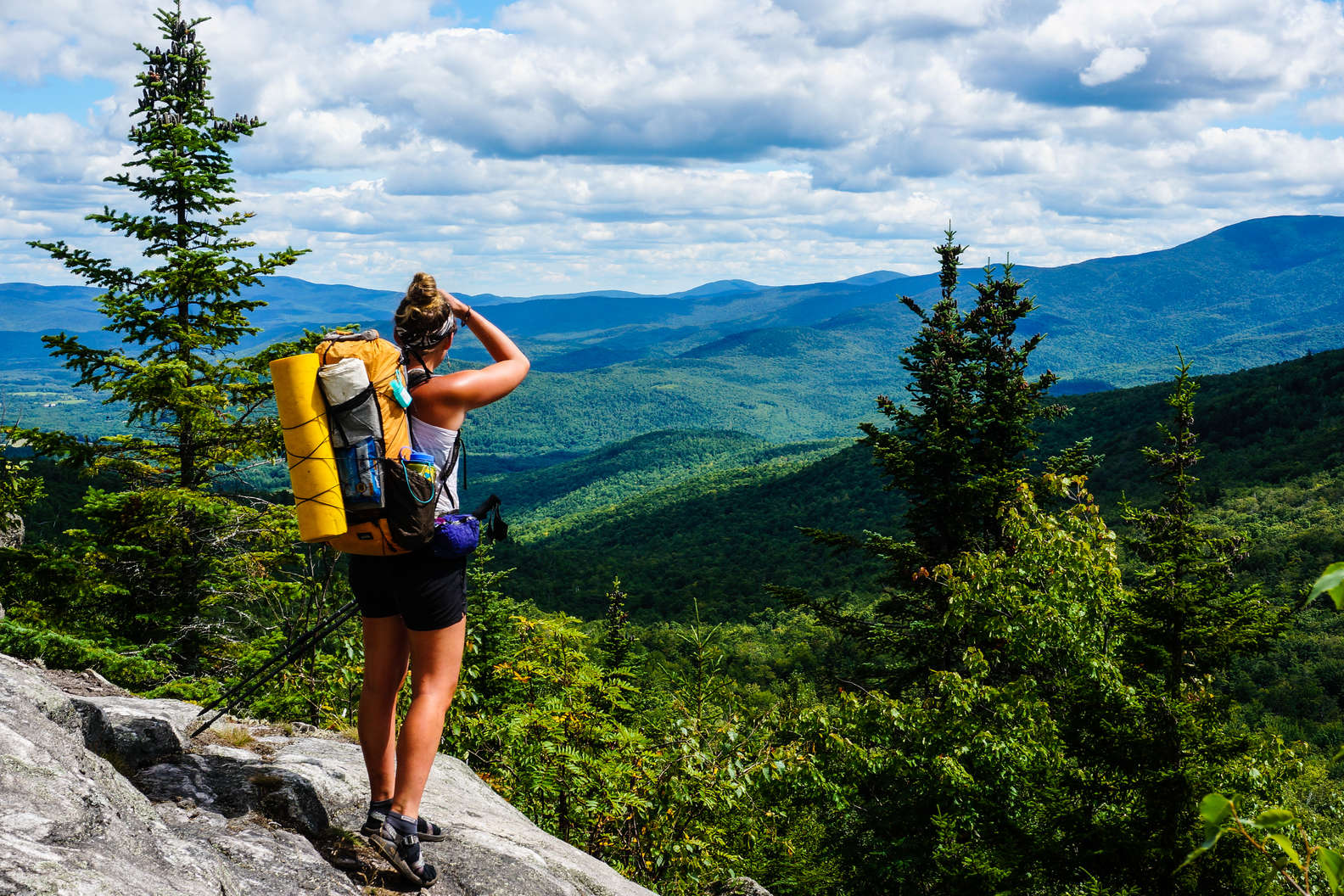
Setting off on a hike without informing anyone of your plans is a risk you don’t want to take. While the idea of an impromptu adventure is appealing, safety should always come first. A simple text or call detailing your expected route and return time can be lifesaving. According to the American Hiking Society, letting someone know your plans is a crucial safety step that can expedite rescue efforts if something goes wrong. So, before you embark on your next journey, remember that sharing your location isn’t just about social media likes—it’s about keeping you safe.
The peace of mind that comes from knowing someone is keeping an eye on your whereabouts is invaluable. In the rare event that you lose your way or face an emergency, having a contact who knows where you intended to be can significantly improve response times. Make it a habit to have a designated person who knows your itinerary for every hike. This simple step can help turn a potentially terrifying situation into a manageable one. As much as you might crave solitude, a little communication can go a long way in ensuring a safe return.
4. Neglect to Bring Enough Water
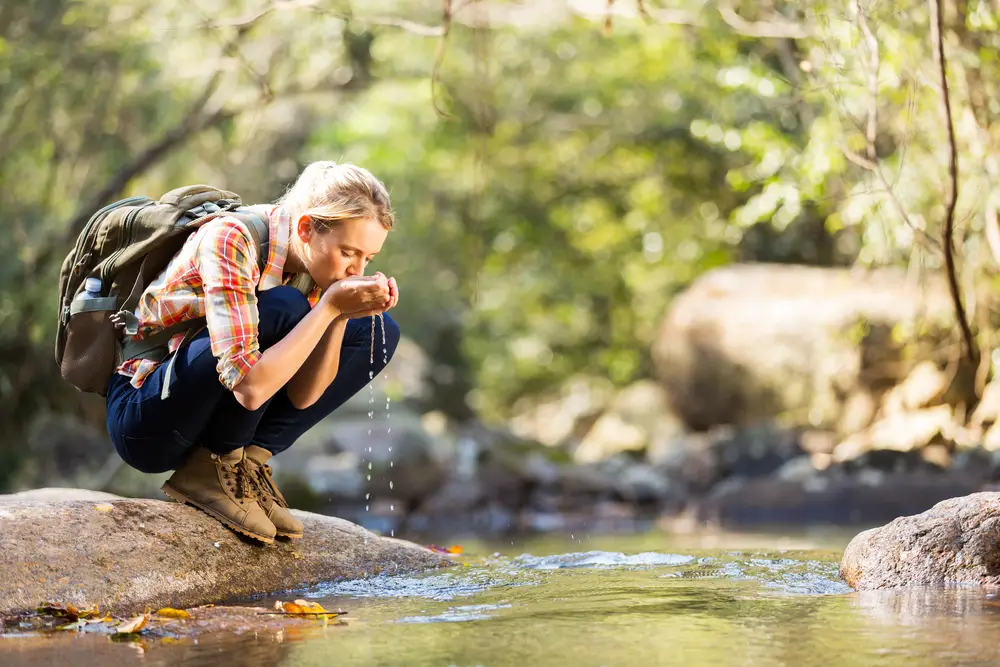
Nothing can derail a hike faster than running out of water, leaving you parched and desperate. Hydration is crucial for maintaining energy levels and preventing heat-related illnesses, especially on longer treks. Despite this, many hikers underestimate the amount of water they need, thinking a single bottle will suffice. Depending on the trail’s difficulty and weather conditions, your water needs may be higher than expected. Always err on the side of bringing more water than you think you’ll need, and remember that hydration is a key element of hiking safety.
Running short on water not only diminishes your hiking experience but also poses serious health risks. Dehydration can lead to dizziness, headaches, and in severe cases, heat stroke. Both your mind and body suffer when you’re dehydrated, impairing your ability to make sound decisions. To combat this, invest in a good water filtration system or portable purification tablets for longer hikes where refilling might be necessary. This foresight ensures you’ll stay hydrated and enjoy the trail without unnecessary risks.
5. Leave Without Proper Footwear
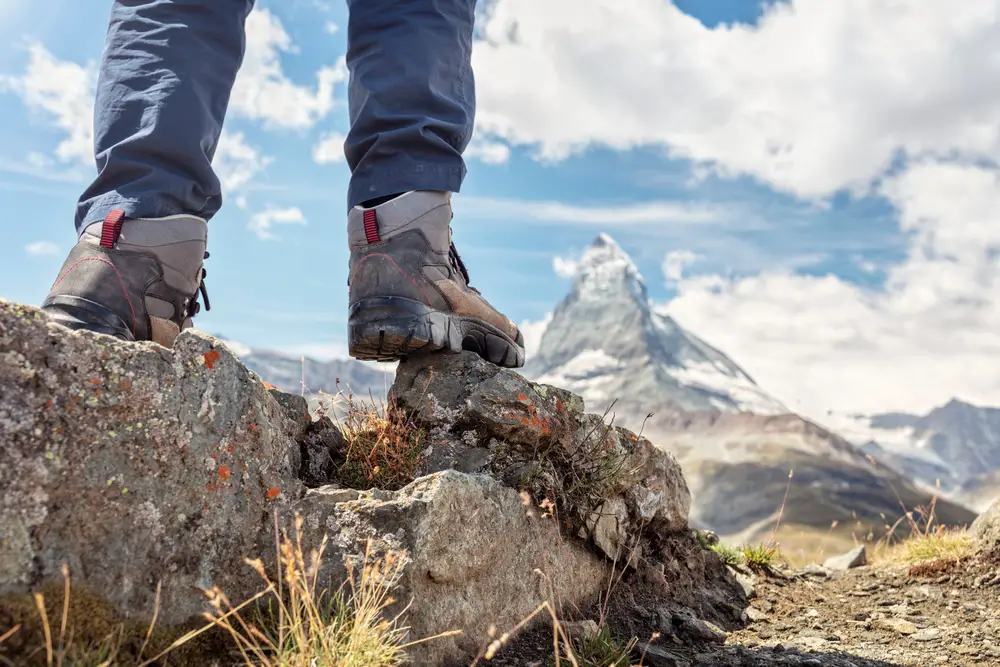
Wearing inappropriate footwear on a hike can turn an exhilarating adventure into a painful ordeal. Your feet are your greatest asset on the trail, and they deserve the best protection you can provide. Dr. John DiGiovanni, a podiatrist specializing in outdoor sports injuries, emphasizes that supportive and well-fitted hiking boots are essential for preventing blisters, sprains, and even fractures. It’s not about fashion here—your choice of shoes could make or break your hike. Protect your feet, and they’ll carry you to breathtaking views without complaint.
There’s an undeniable allure to the idea of heading out on a hike with nothing more than a pair of trendy sneakers, but they’re often ill-equipped for rugged terrain. The wrong shoes can lead to slips and falls, especially on uneven or rocky paths. Invest in a good pair of hiking boots with proper ankle support and traction. Break them in before tackling longer trails to ensure comfort and prevent blisters. Your feet will thank you, and your hike will be all the more enjoyable with the right gear on your side.
6. Rely Solely on Your Phone for Navigation
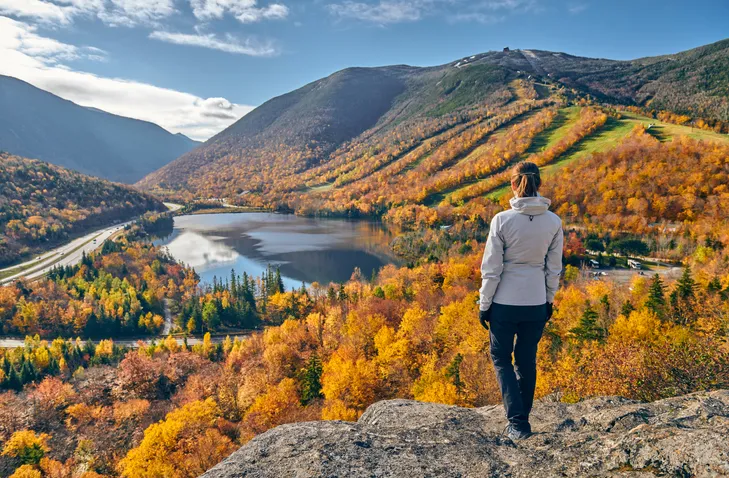
In this digital age, it’s tempting to rely exclusively on your phone for navigation. However, technology can be fickle, and batteries drain faster than you might expect. Cell service can be spotty, leaving you without a digital map when you need it most. A physical map and compass might seem old-fashioned, but they are reliable tools that don’t depend on a signal or battery life. Incorporate them into your hike-prep routine, and you’ll be prepared, tech-savvy or not, to handle unexpected challenges.
GPS apps are useful, but they’re no replacement for traditional navigation skills. When you’re deep in the wilderness, even the most advanced app can’t guarantee accurate positioning. Learn how to read a map and use a compass so you’re never entirely reliant on technology. With these skills, you’ll be confident navigating under any circumstances. This preparation might take a little extra time, but it’s a small investment for the greater reward of a safe and successful trek.
7. Underpack First-Aid Supplies
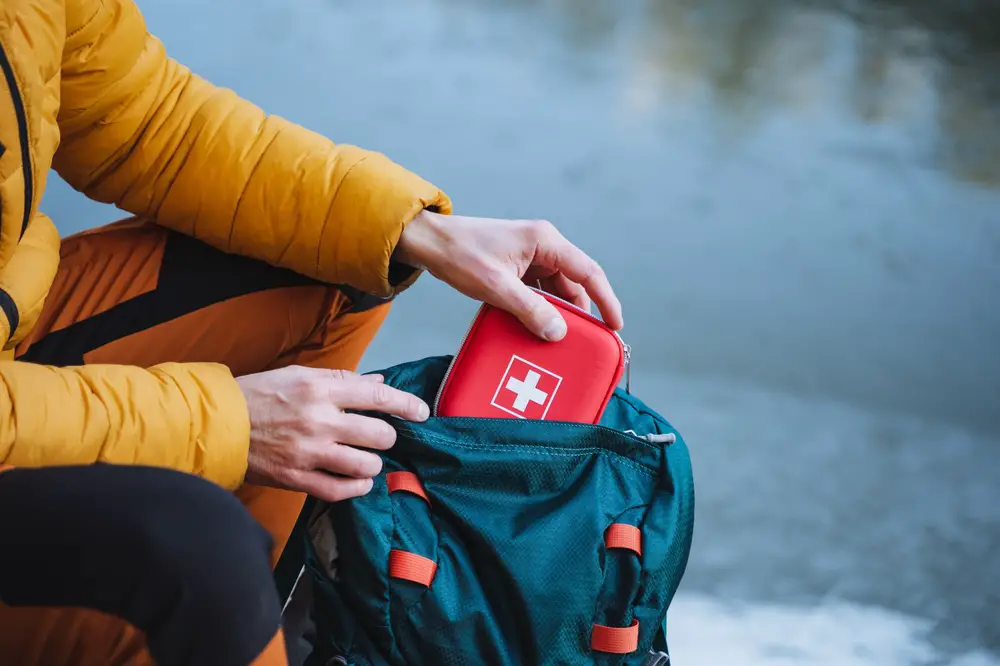
Many people underestimate the importance of a well-stocked first-aid kit when hitting the trails. When injuries occur, even minor cuts and scrapes can turn serious if left untreated. According to the Red Cross, having a basic first-aid kit is a crucial component of hiking preparedness. Make sure yours is stocked with essentials like bandages, antiseptic wipes, and a multitool. This ensures that you’re ready to handle minor injuries and can stabilize more serious conditions until help arrives.
Being prepared for minor mishaps can keep a hike from turning into a nightmare. Even a simple blister can become excruciating without proper care. Packing a compact first-aid kit is a small effort that pays significant dividends when you’re miles from civilization. Consider taking a basic first-aid course to gain confidence in handling unexpected situations. With a well-prepared kit, you’ll be ready for whatever the trail throws your way, ensuring peace of mind and safety.
8. Disregard Trail Etiquette

Ignoring trail etiquette is more than just bad manners—it can be dangerous. The trail is a shared space, and understanding the rules can prevent accidents and enhance everyone’s experience. Yielding to uphill hikers and giving space to faster walkers or runners are small courtesies with a big impact. These rules exist to maintain harmony and safety on the trail, ensuring everyone can enjoy the great outdoors. Next time you’re out, keep etiquette in mind and you’ll contribute to a positive hiking environment.
Respecting trail etiquette also means being considerate of the environment. Staying on marked paths prevents erosion and protects fragile ecosystems. It can be tempting to blaze your own trail, but doing so can cause long-term damage to the natural landscape. By following established paths, you respect both the land and fellow hikers. Make it a habit to leave no trace and preserve the beauty of nature for future adventurers.
9. Overestimate Your Skill Level
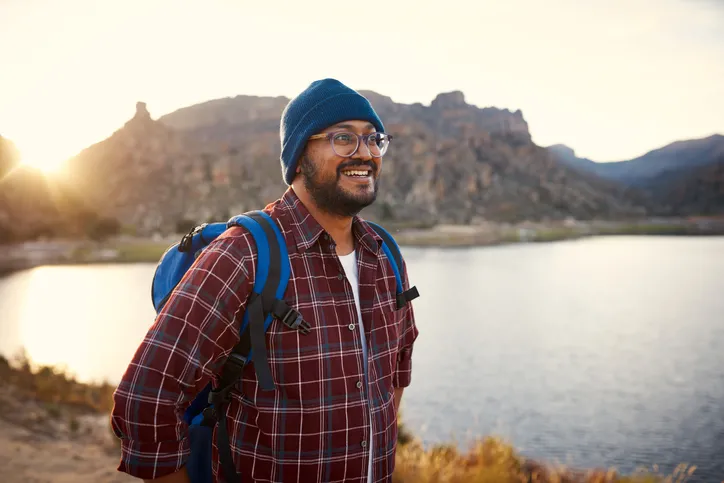
One of the quickest ways to turn a hike into a horror story is by overestimating your own abilities. Pushing yourself beyond your limits can lead to exhaustion, injury, or worse. It’s crucial to know your limits and choose trails that match your fitness and experience level. A realistic assessment of your skills keeps the hike enjoyable and safe. Start with achievable goals and gradually increase your trail difficulty as your fitness improves.
There’s no shame in starting small and building up to more challenging hikes. Many people make the mistake of tackling a difficult trail without proper preparation, which can result in a miserable experience. Listening to your body and knowing when to turn back are vital skills for any hiker. As you gain experience, your confidence will grow, allowing you to tackle more difficult trails safely. Remember, hiking is about enjoying the journey, not just reaching the destination.
10. Underestimate the Importance of Sun Protection
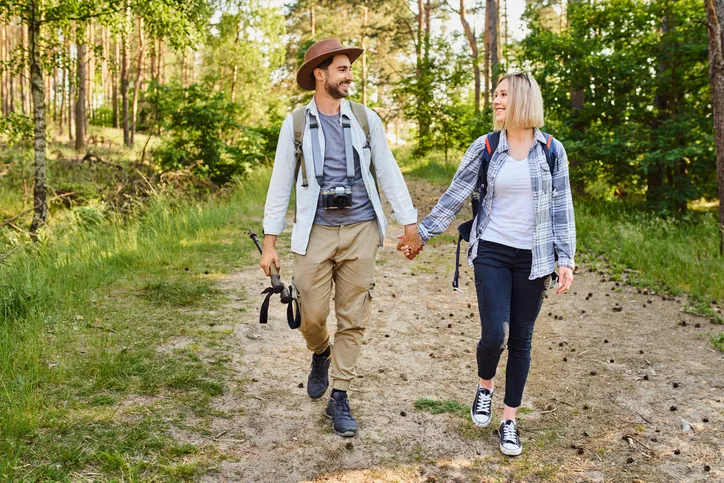
Sun protection is an often-overlooked aspect of hiking preparedness. Long hours on the trail expose you to harmful UV rays, even on cloudy days. Failing to protect your skin can result in painful sunburns and increase your risk of long-term skin damage. Always apply sunscreen before setting out and reapply throughout the day, especially on exposed skin. A wide-brimmed hat and sunglasses can also provide essential protection against the sun’s harmful rays.
Ignoring sun protection can quickly ruin what should be an enjoyable hike. Sunburn isn’t just uncomfortable; it can sap your energy and impact your overall health. In addition to sunscreen, consider wearing lightweight, long-sleeved clothing to further shield your skin. Staying hydrated also helps your body cope with sun exposure and heat. With proper precautions, you can enjoy the beauty of the outdoors without sacrificing your skin’s health.
11. Forget to Pack Snacks

A good hike is fueled by good nutrition, and forgetting snacks can leave you feeling drained. Energy bars, trail mix, and fruit are excellent options for maintaining your energy levels. Without proper nourishment, you may find yourself sluggish and struggling to complete the hike. Pack a balanced selection of snacks that provide carbohydrates, protein, and healthy fats. This will keep your energy steady and make your hike both enjoyable and sustainable.
Hiking on an empty stomach can turn a fun outing into a grueling experience. When hunger strikes and there’s no food in sight, your mood and energy can plummet quickly. Don’t underestimate the power of a well-timed snack break to recharge. Plan your snacks according to the length of your hike and the energy you’ll expend. Being well-prepared means you can focus on the stunning views, not your growling stomach.
12. Assume Wildlife Will Stay Away
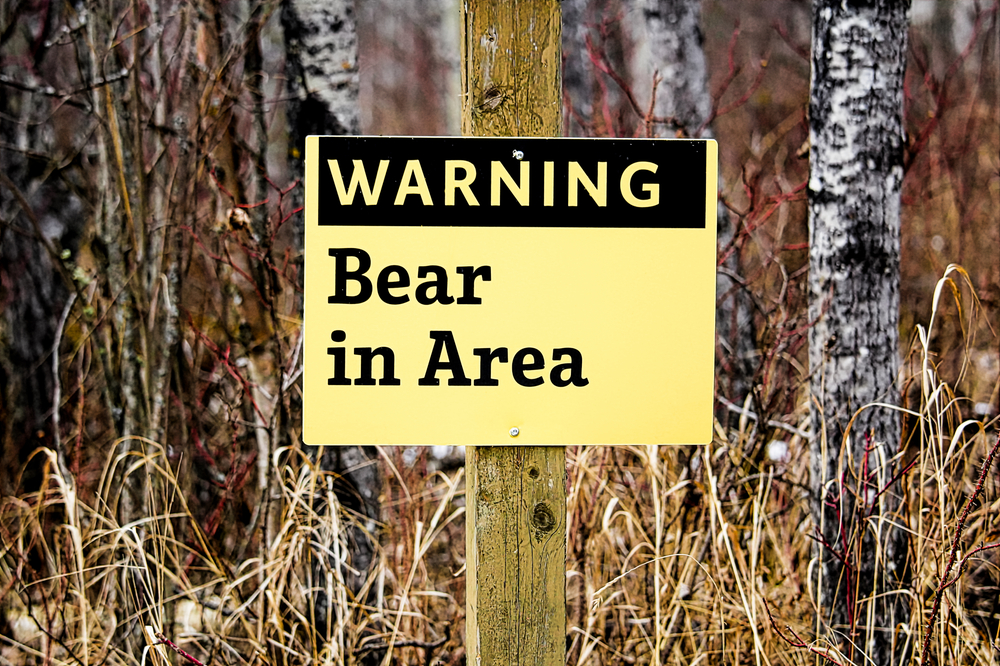
Underestimating the presence of wildlife is a common mistake among hikers. Many people assume animals will keep their distance, but this isn’t always the case. Encountering wildlife unexpectedly can be frightening and potentially dangerous. Make noise as you hike to alert animals of your presence and reduce surprise encounters. Familiarize yourself with the wildlife in the area and learn how to respond if you come across them.
Respecting wildlife means keeping your distance and not attempting to feed or approach animals. While it’s thrilling to see animals in their natural habitat, safety should always come first. Carry bear spray or a whistle for added protection in areas known for larger wildlife. Remember, the wilderness is their home, and you’re just a visitor. By observing from a safe distance, you ensure a peaceful coexistence and a safer hiking experience.
13. Disregard the Need for Rest
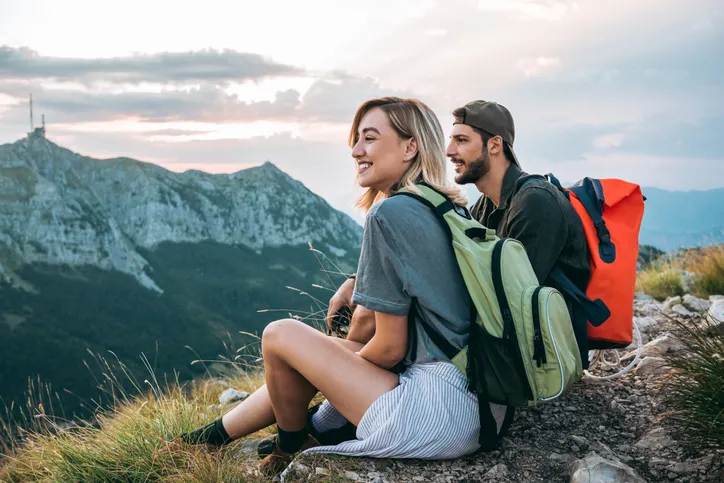
Pushing through fatigue is a common but risky mistake on the trail. It’s easy to get caught up in the excitement and forget to take breaks. Ignoring your body’s need for rest can lead to fatigue, affecting your judgment and increasing the risk of injury. Schedule regular rest stops to rehydrate, eat, and enjoy the scenery. Listening to your body ensures you’re hiking smart and staying safe.
Many hikers feel pressure to reach their destination quickly, but rest is an essential part of the journey. When you ignore signs of fatigue, you compromise your ability to navigate the trail safely. Rest breaks provide an opportunity to assess how you’re feeling and make adjustments as necessary. Use these moments to check in with your hiking companions and discuss any concerns. A rested hiker is a happier, healthier hiker, ready to take on more trails in the future.
14. Forget to Have Fun

Amidst all the preparation and precautions, it’s easy to forget the most important aspect of hiking: having fun. The trail is not a test, but a chance to connect with nature and enjoy the journey. Taking things too seriously can strip the joy from the experience. Focus on the sights, sounds, and sensations of the trail, allowing yourself to be present in the moment. Remember why you started hiking in the first place and allow that joy to guide you.
Hiking is more than just reaching a destination—it’s about embracing the adventure and wonder of the natural world. It’s the simple pleasures, like a cool breeze or a bird’s song, that make the experience memorable. Bring along a friend or loved one to share the journey, creating memories that go beyond the physical challenge. At the end of the day, it’s the smiles and laughter that make a hike truly unforgettable. So, take a deep breath, look around, and savor every step of the way.
